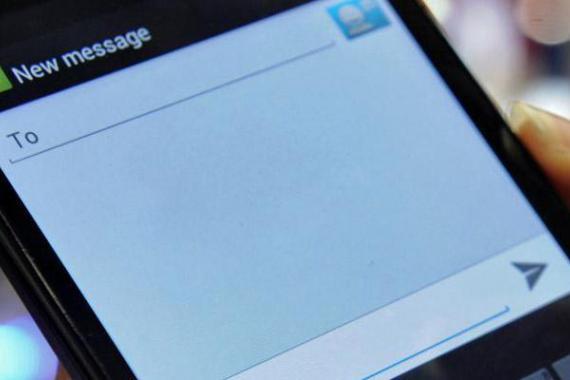Basic Information
Each year, thousands of acres of wildland and many homes are destroyed by fires that can erupt at any time of the year from a variety of causes, including arson, lightning, and debris burning. Adding to the fire hazard is the growing number of people living in new communities built in areas that were once wildland. This growth places even greater pressure on the state's wildland firefighters. As a result of this growth, fire protection becomes everyone's responsibility.
Wildfire Information
Information provided by the Florida Forest Service
The Florida Forest Service uses the Wildland Fire Danger Index (FDI) for estimating the potential for a fire to start and require suppression action on any given day.
It does not consider how quickly any fires that do start will grow, or how difficult they will be to suppress.
Are you prepared for wildfires?
Be Fire Ready - what to do before a wildfire, what to do during a wildfire, what to do after a wildfire and how can your protect yourself from a fire to your home.
Are you firewise Florida? - Remember, fire safety is your personal responsibility... Fire Stops With You!
How to Prepare your home - When designing and installing a firewise landscape, consider the following:
Local area fire history, site location and overall terrain, Prevailing winds and seasonal weather, property contours and boundaries, native vegetation, plant characteristics and placement (duffage, water and salt retention ability, aromatic oils, fuel load per area, and size), and irrigation requirements.
Understand the Wildlife Threat to Homes - This online learning module is an overview of fire history, fire basics, and how homes burn. It's an excellent resource for residents and other stakeholders that are pursuing knowledge on the basics of how wildfires ignite homes and the actions that can be implemented to make homes safer. The module can be completed in approximately thirty minutes
Current Florida Fires: The Florida Division of Forestry maintains the Fire Management Information System (FMIS) which is a mapping system that depicts all current fires, including prescribed burn locations.
How to Gauge drought: The U.S. Drought Monitor depicts long-term drought conditions.
How to gauge wildfire danger: Forestry and emergency officials use the Keetch-Byram drought index to show how susceptible the state is to short-term drought and burning. Anything yellow, orange, or red will burn readily. Purple is considered "desert-like" conditions.
Smoke Health Issues: Be aware that smoke from fires can cause breathing problems, especially those with pre-existing breathing impairments. Consult your physician for recommendations if you are having problems.
Road Closures: Smoke from wildfires often impact roadways, including major interstates. When traveling, be aware of smoke conditions as visibility can reduce to nothing quickly. Be prepared for possible stopped vehicles, road closures and detours. For a current listing of road closures in Florida, go to the Florida Highway Patrol's website. Also try Florida's free traffic conditions system by calling 511 or visiting the Florida 511 website.
Burn Bans: When wildfire conditions are bad, individual counties may issue bans on outdoor burning. The Commissioner of the Department of Agriculture and Consumer Services may also issue a statewide ban.
Evaporation: Keep in mind that an inch of rain can evaporate within 24 hours in the Florida sun and heat.
Lightning: Cloud-to-ground lightning sparked by summertime thunderstorms is a major contributor to new fires.
Cigarettes: The discarding of lit cigarettes or matches during drought conditions is dangerous, reckless, and even a crime.
For More Information:
Florida Highway Patrol - Road Closures
Florida 5-1-1 Road Conditions Hotline











